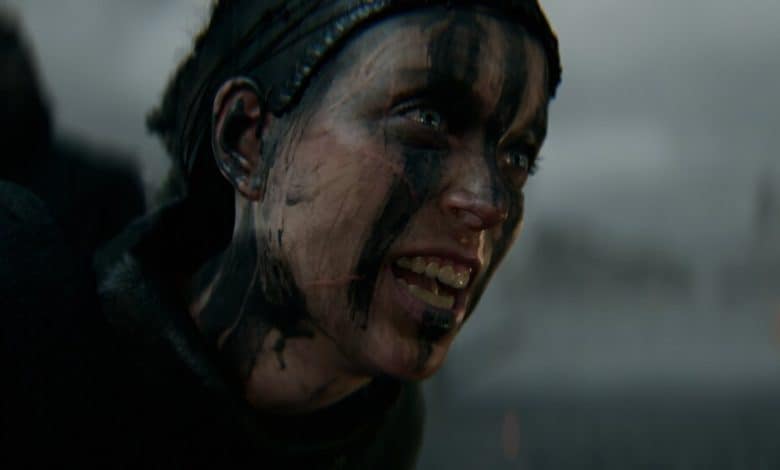The Painstaking Quest to Portray a Tortured Warrior

They arrive unexpectedly, flickering moments that make you unsure if you are peering at a video game or the real world.
Cold sunlight that causes wet rocks to turn blindingly bright. Undulating hills slinking off into the misty nothingness of the horizon. The nearly photorealistic face of Senua, the unconventional hero of this 10th-century revenge tale, as she grimaces with every sinew taut, her veins bulging.
The verisimilitude of Senua’s Saga: Hellblade II, which releases on Tuesday for the PC and the Xbox Series X|S, is so exact, cutting-edge and convincing that it seems possible for players to entirely suspend their disbelief.
One could argue that this hyperrealism is paramount for a third-person action game that presents a pictorial realm of visions and wonders, of fire-breathing humans and slithering giants. Yet these folkloric flourishes are grounded by earthy, authentic details like the flecks of muck and gore that accumulate on the characters.
“The goal is to move people,” Dom Matthews, the 40-year-old leader of the game’s developer, Ninja Theory, said from its plush studio in Cambridge, England. “Our belief is that we do that through delivering an experience that is believable. When someone forgets that they’re in a video game level and is focused on the narrative journey of Senua, then they’re opened up to be moved emotionally.”
The first Hellblade game, Senua’s Sacrifice, took place in the immediate aftermath of catastrophe: Vikings had murdered Senua’s village on the Scottish archipelago of Orkney and sacrificed her lover, Dillion, to Norse gods. Players directed Senua to the underworld of Helheim so she might save his soul.